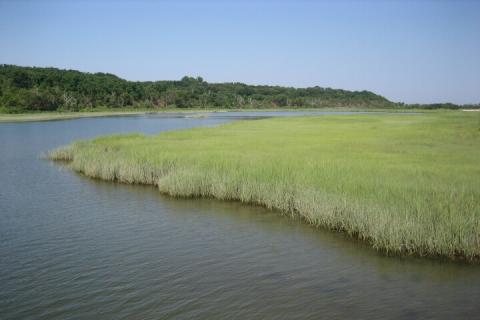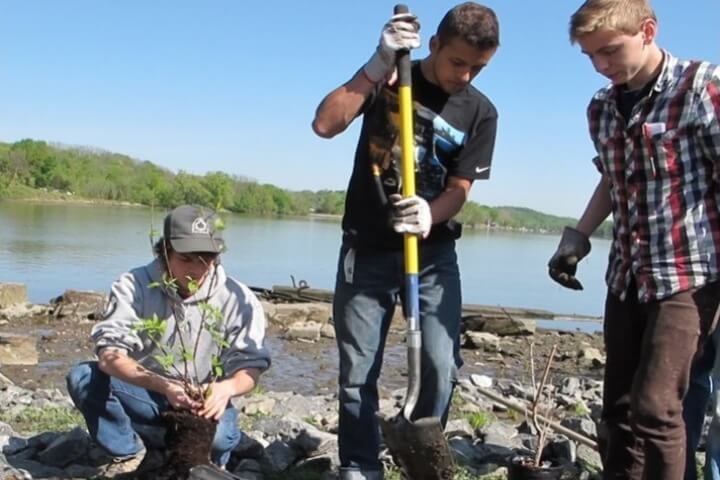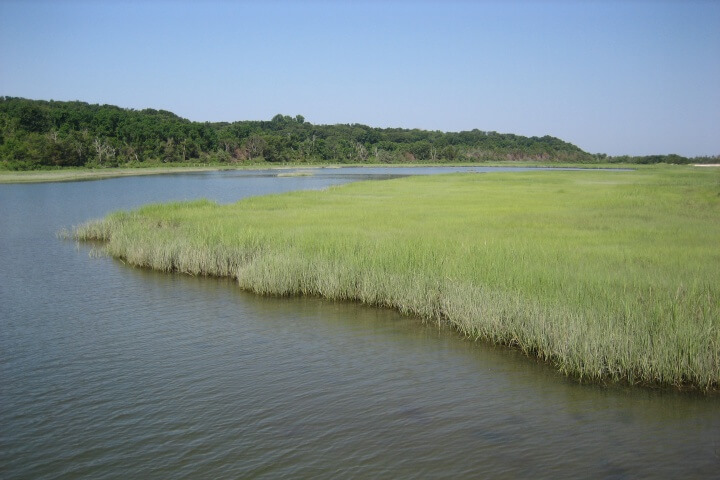
Nature-based shoreline stabilization techniques have the potential to maintain and enhance important ecological services, provide greater resilience to physical forces, and be cost-competitive with traditional approaches. Over the past nine years, the Hudson River National Estuarine Research Reserve (NERR) has engaged in scientific research, implementation, and promotion of sustainable shorelines in the Hudson River Estuary via the Hudson River Sustainable Shorelines Project.
Following the passage of the 2014 New York State Community Risk and Resilience Act, which called for the development of guidance on “the use of resiliency measures that utilize natural resources and natural processes to reduce risk,” the Hudson River NERR assembled an ad-hoc team to collaborate on the implementation of sustainable shorelines state-wide. This project coordinated a team of staff members from New York State agencies to draft the required guidance: Using Natural Resilience Measures to Reduce Risk in New York State. The guidance examined the use of resiliency measures that emphasize the implementation of natural resources and natural processes to reduce risk. This project’s collaborative process and products were designed to support New York State agencies, shoreline managers, and other decision makers considering nature-based shoreline approaches and other natural resilience measures.

